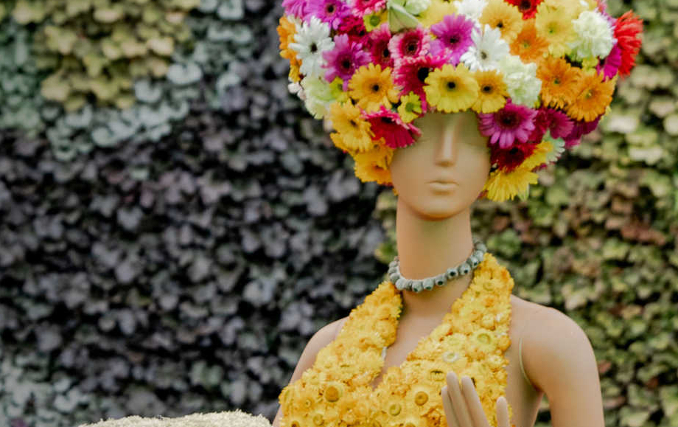Color prediction games, with their dynamic sequences and strategic anticipation, often unfold within a social context, creating an environment where individual strategies are influenced by various social factors. In this article, we embark on an exploration of how social dynamics shape color prediction strategies, from the impact of peer interactions to the potential influence of social trends. Understanding these social factors adds a fascinating layer to the colorful landscape of prediction gaming.
Peer Influence and Group Dynamics:
Social factors play a significant role in shaping color prediction strategies, particularly through peer influence and group dynamics. Players may be influenced by the predictions and strategies of their peers within the gaming community. Exploring how group dynamics affect individual decision-making can provide insights into the interconnected nature of color prediction strategies within a social setting.
Competitive Spirit and Rivalry:
The competitive spirit inherent in color prediction games can be amplified by social factors such as rivalry among players. Social interactions, whether in-game competitions or leaderboards, foster a sense of rivalry that influences the strategic choices of players. Exploring how the desire to outperform peers contributes to strategic decision-making sheds light on the influence of competitive social dynamics.
Collaborative Strategies in Multiplayer Settings:
Multiplayer modes in color prediction games create opportunities for collaborative strategies to emerge. Players may coordinate predictions, share insights, or collectively strategize to achieve common goals. Understanding how collaborative efforts influence the success of color predictions highlights the social intricacies that shape game play in a multiplayer environment.
Social Trends and Popular Strategies:
Social trends, both within and outside the gaming community, can impact color prediction strategies. Players may adopt popular strategies or emulate successful trends observed in their social circles. Exploring the influence of social trends on the adoption of specific color prediction strategies provides insights into the dynamic nature of strategy evolution within the gaming community.
Community Events and Shared Experiences:
Community events within color prediction games foster shared experiences among players. Social factors, such as participation in events or shared challenges, can influence the development of color prediction strategies. The sense of community and shared experiences contribute to the formation of unique strategies that resonate within the gaming community.
In-Game Communication and Strategy Exchange:
Social factors manifest through in-game communication channels, where players exchange strategies and insights. Whether through chat features, forums, or social media, the exchange of strategies influences individual decision-making. Exploring how communication channels contribute to the dissemination of strategic knowledge enhances our understanding of the collaborative nature of color prediction gaming.
Cultural Influences on Strategic Preferences:
Social factors extend to cultural influences, impacting the strategic preferences of players. Cultural norms, preferences, and gaming traditions contribute to the diversity of color prediction strategies. Understanding how cultural influences shape strategic choices adds a cross-cultural dimension to the exploration of social factors in color prediction gaming.
Social Recognition and Status:
The pursuit of social recognition and status within the gaming community can influence color prediction strategies. Players may adopt strategies that align with perceived successful approaches to enhance their status. Exploring the impact of social recognition on strategic decision-making provides insights into the social dynamics of competition and achievement within the gaming environment on tclottery.
Conclusion:
The exploration of social factors in color prediction strategies unveils a rich tapestry of influences that shape the gaming experience. From peer interactions and collaborative efforts to cultural influences and the pursuit of social recognition, understanding the social dynamics at play enriches our appreciation of the interconnected nature of color prediction gaming. As players continue to engage in the colorful world of prediction gaming, the influence of social factors serves as a captivating dimension that highlights the dynamic and socially driven nature of strategic decision-making.

